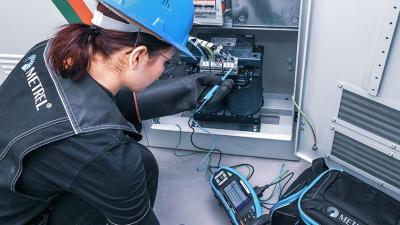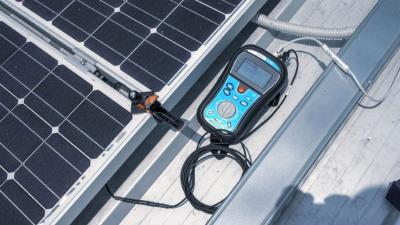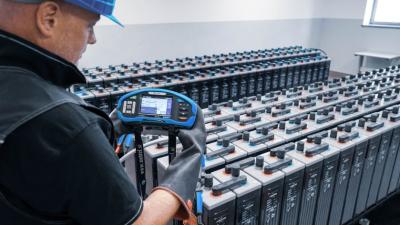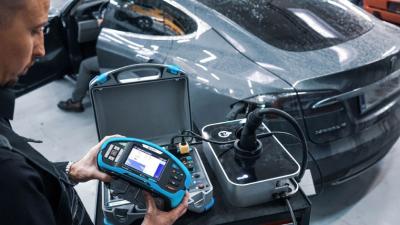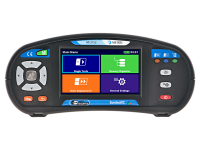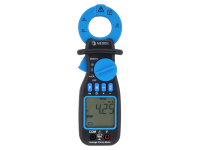Wet and outdoor locations
Special locations
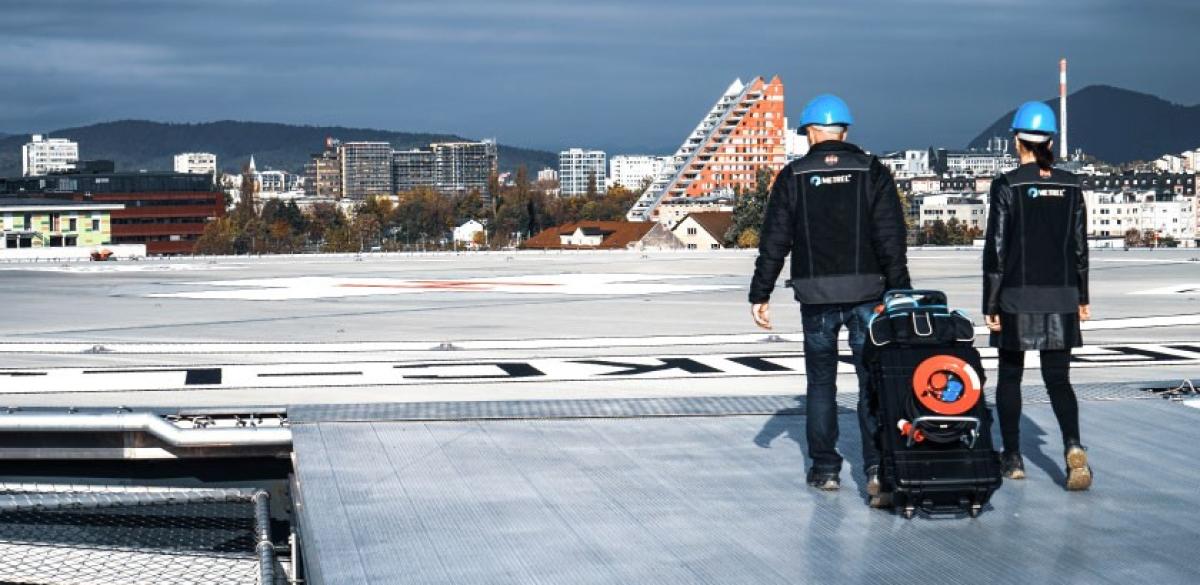
Measurements in wet locations are not too different from general electrical safety tests. Mainly, one has to be familiar with extra requirements and test their conformity. Wet conditions can be found in a number of special locations: farming, horticulture and livestock breeding, public places like pools and spas, public gardens and parks with fountains, residential premises with bathroom and kitchen, restaurants, operating theatres in hospitals, etc. Essential requirements for all are the same.
Mechanical properties - The first line of safety is mechanical and chemical compliance of any equipment used and parts of the installation. Cables and devices should be coated in insulation certified for wet locations. Other types of insulation may degrade quickly. Moisture is one of the most common problems for insulation intended for dry places. Main reason to care about it in particular is the danger of leakage currents in combination with water and the possibly wet skin. With non- distilled water as general conductor in e.g. a pool, leakage can be dangerous to swimmers even meters away from the fault. Any equipment (lights, massagers, pumps, etc.) used in contact with water must have IPX7 or higher protection certification.
Cables need extra certification for mechanical stress resistance wherever they are exposed. Outdoor switchboards have to be considered an appliance in wet location and therefore IP certified.
Safety areas - Safety areas are defined by the distance from actual submersion in water, e.g. inside a bath or pool is zone 0. No electrical part should be installed there unless it has an IPX7 or above rating. Zone 1 is the immediate vicinity of the submerged area, like wall above the bath or pool. It gets splashed regularly, but is not submerged. Zone 2 is the extended vicinity, up to approximately 60cm from the wet edge. It can get splashed, but more rarely. Zones 1 and 2 can contain equipment with protection
IPX4 (or IP X5 for any space with horizontal water jets). Extra caution is still advised when working in these areas. Switches can be installed outside zone 2, but one can still reach them with wet hands. Exchanging them for cord-operated variants is the safest way. The maximum operation voltage of the devices that can be switched on from a wet space is 12V.
Electrical safety measures - Generally speaking, electrical safety is the same as for any public place, but it should be observed very rigorously. Any wet place should have the installations well-insulated, and leakage current should be carefully monitored. Protection by 30 mA RCDs is mandatory, as unexpected shocks are much more likely than in dry rooms. Equipotential bonding must reach any metal object. Exceptions that can be used for dry places do not apply. Maximum contact voltage is 30V.
For workers and visitors, it is most important that they take care of their own safety. Nobody should be operating electrical devices, particularly ones with no water proofing, with wet hands. Appliances that operate at higher voltages should be kept at a safe distance from water. Any bathroom or pool appliances should be installed high up on the walls and out of reach.
Measurements
Metrel offers a choice of installation testers that can work in a wet or any other area as long as it is dried for the maintenance. MI 3155 is the first choice for any installation, with its long battery life and rich choice of functions. It is certified to IP 56, making it splash and dust resistant enough for most environments. In the specific case of a wet area, the defining feature is its ability to test the special types of insulation at voltage of 2,5 kV, determining the insulation’s state with high accuracy. The high voltage is sufficent to test electric fences. It contains a number of pre-programmed tests for RCDs and fuses for any premises. Equipotential bonding is amongst the most important electrical safety aspects and has to be tested thoroughly. Even low potential differences can be hazardous to wet hands. MI 3155 is also enabled to measure leakage in installation.

